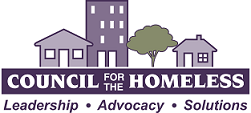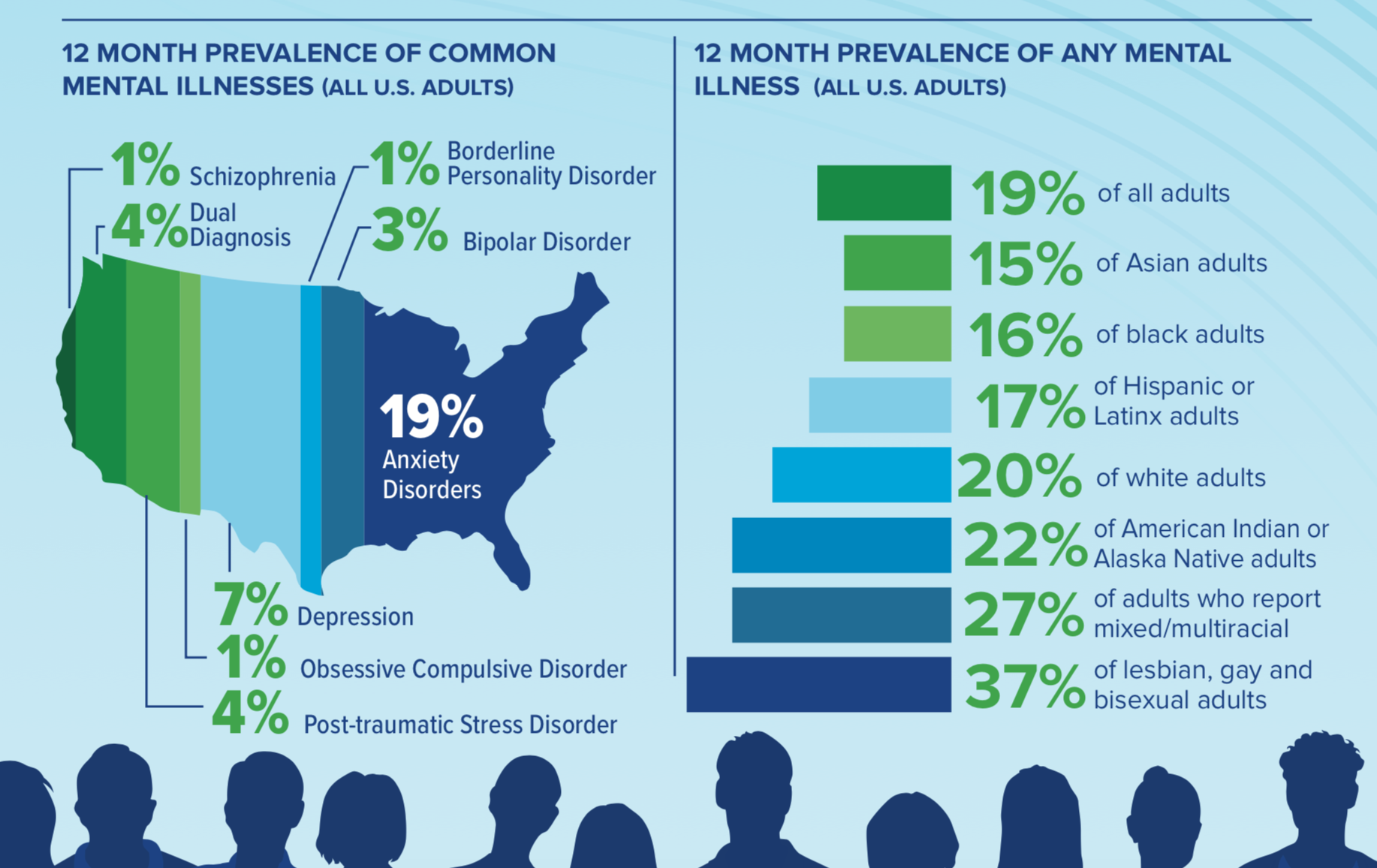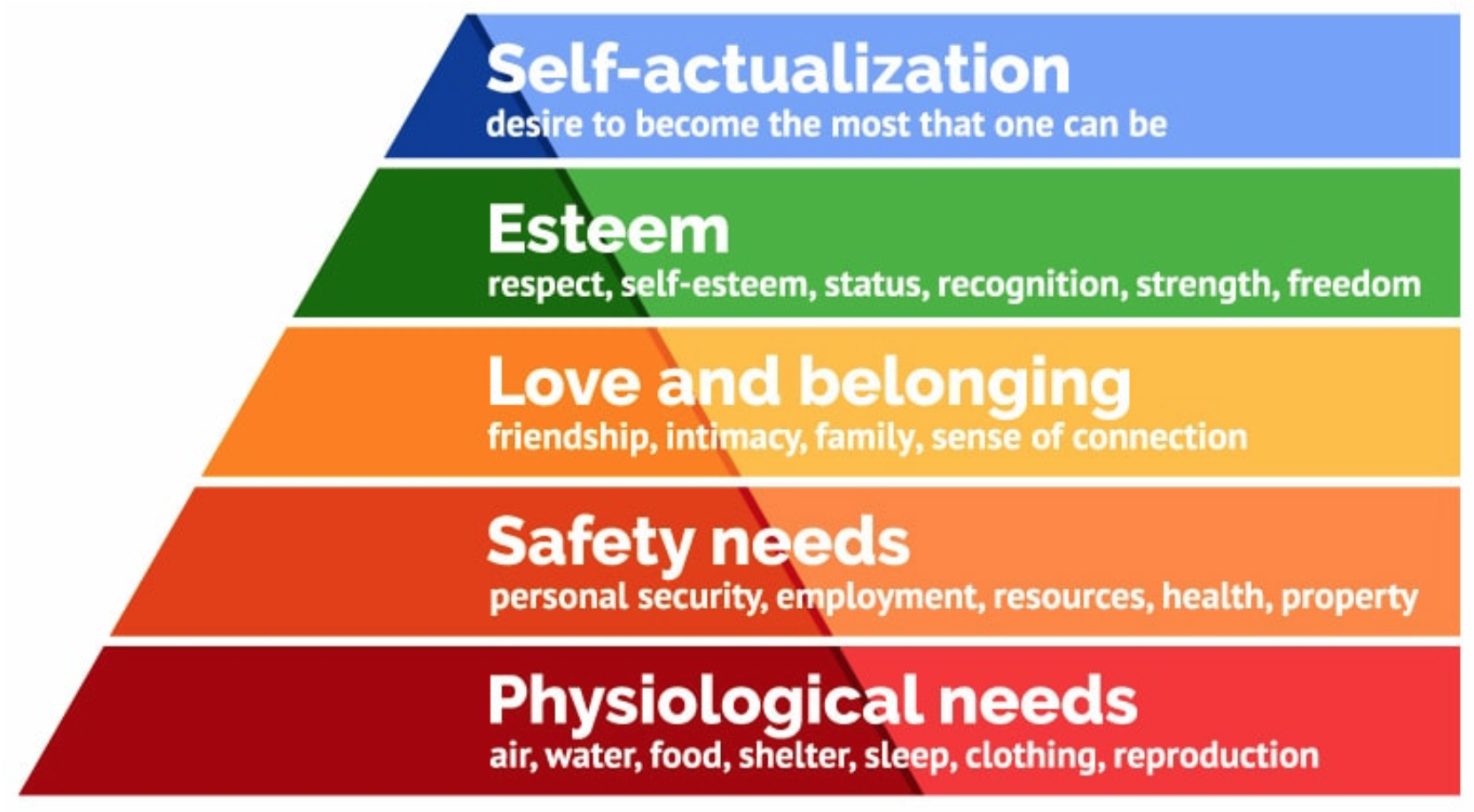By Sarah Fletcher, CFTH MSW Intern
This is the second of two blogs on the topic of mental health written by our fabulous interns.
National Mental Health Awareness Month: Housing is Mental Health
May is National Mental Health Awareness Month. Together we can end stigma and promote mental health for all individuals in our community through compassion, education, resources, and even housing. Safe and stable housing is key to recovering from and preventing mental health challenges.
The Statistics: You are NOT alone
According to the National Alliance on Mental Illness (NAMI), 1 in 5 adults in the United States struggle with mental health disorders each year, with 1 in 25 adults living with a serious mental illness. That is roughly 10 million people or 4% of the national population.
Trauma and Homelessness
People experiencing homelessness are overrepresented in the statistics of populations with serious mental health conditions. NAMI conservatively reports that 20-25% of people experiencing homelessness in the U.S. battle with a serious mental health condition, compared with 4% of the national population.
In 2019, 74% of people who received housing assessments at the Housing Solution Center openly reported experiencing trauma (Source: Homeless Management Information System for Clark County, WA). Council for the Homeless believes that homelessness itself is a form of trauma and strives to be a “trauma-informed” agency.
Though experiencing trauma does not guarantee mental health challenges, trauma is a risk factor for nearly all mental health, behavioral health, and substance use disorders. Further demonstrating this impact, the National Council for Behavioral Health estimates that 90% of community behavioral health clients have experienced trauma.
Why is housing so important for mental health?
In 1943, psychologist Abraham Maslow created the hierarchy of needs, depicted below in a pyramid structure. In its essence, Maslow’s theory suggests that people need to have their basic needs met before they can proceed with achieving more complex goals and higher levels of functioning.
Our most basic human needs reside as physiological needs (bottom-red), which includes our need for shelter, warmth, food, sleep, clothing, and water—this is precisely what individuals struggling with housing instability and homelessness are not able to fulfill.
The second step on the pyramid (orange) are safety needs, which are also jeopardized by a lack of housing. Not having a stable place where you can store your belongings, financial instabilities and jeopardized health can create an unsafe environment where needs beyond this simply cannot be met.
At Council for the Homeless, we strive in partnership with local non-profits, governments, faith communities, and groups to assist with providing those basic needs so they can feel confident in the next steps on their journey through the hierarchy.
Call to Action: Speak Out!
If you are someone who struggles with mental health challenges: you are not alone. Break the stigma, share your story, and do not be afraid to seek help. Furthermore, if you, or someone you know, is experiencing housing instability in addition to mental health challenges, know that we see you and are here to help you get on a path to housing stability.
CFTH Housing Solutions Center: https://www.councilforthehomeless.org/need-help/emergency-shelter/
NAMI Southwest Washington: https://namiswwa.org/
Lifeline Connections: https://lifelineconnections.org/
Sea Mar Community Health Centers: https://www.seamar.org/services-clark.html
Columbia River Mental Health Services: http://crmhs.org/
National Suicide Prevention Lifeline or call 1-800-SUICIDE or 1-800-273-8255


